Participating in a recent discussion on Dan Tri newspaper with the topic "International experience and recommendations for Vietnam in developing carbon markets", Dr. Nguyen Sy Linh - Head of the Climate Change Department of the Institute of Strategy and Policy on Agriculture and Environment (ISPAE) - Ministry of Agriculture and Environment (MAE) - said that the carbon market is a relatively new type of market, both in the world and in Vietnam. This is a place to exchange greenhouse gas emission rights, through the purchase and sale of credits or emission quotas and is divided into two main types.
Accordingly, the mandatory market (ETS) is operated by the State, allowing businesses to trade quotas and credits to meet their emission reduction obligations as prescribed. The voluntary market is where organizations, businesses or countries agree to buy and sell credits to fulfill environmental commitments, aiming to reduce carbon footprint and Net Zero.
A carbon market is made up of three elements: traded goods (quotas, credits), operating mechanisms (legal framework, mandatory and voluntary principles) and participating entities (sellers, buyers, brokers).

Dr. Nguyen Sy Linh said that the carbon market is a relatively new type of market, both in the world and in Vietnam (Photo: Hai Long).
International lessons for carbon market in Vietnam
The European Union (EU) was the pioneer in implementing the ETS system in 2005. After 4 stages of completion, the ETS now has the participation of more than 13,000 businesses, 31 countries and more than 300 airlines. The EU applies the Cap-and-Trade model - both granting free quotas and auctioning - with an increasing auction rate, now reaching 90%. This system generates nearly 200 billion USD in revenue.
Meanwhile, Korea has been operating the K-ETS since 2015. After a familiarization period, the market entered a period of drastic emission reductions, expanding the participation to include financial institutions and brokerage firms. To date, more than 800 large enterprises and many key industries such as energy, maritime, and transportation have participated. The K-ETS also combines auctions and secondary trading, helping to increase the flexibility of this market.
China has a different ETS implementation model, piloting it in many localities first before rolling it out nationwide from 2021. With more than 2,200 power companies and 8 other industries, China's ETS is currently the world's largest carbon market, with a trading volume equivalent to 5.1 billion tons of CO₂/year, accounting for about 40% of national emissions, maintaining a free allocation mechanism.
From international experience, Dr. Linh emphasized some notable points for Vietnam in the roadmap for implementing the domestic carbon market. That is, the market needs a pilot phase for parties to get acquainted before expanding, must be linked to national climate policies such as Net Zero, and at the same time adjust emission quotas by industry and sector to balance between emission reduction and economic growth. Mobilizing the participation of financial institutions and brokerage companies will help stabilize the market when prices fluctuate. Lessons from China show the importance of piloting according to a clear roadmap, applying digital transformation in management and first focusing on a large emission industry.
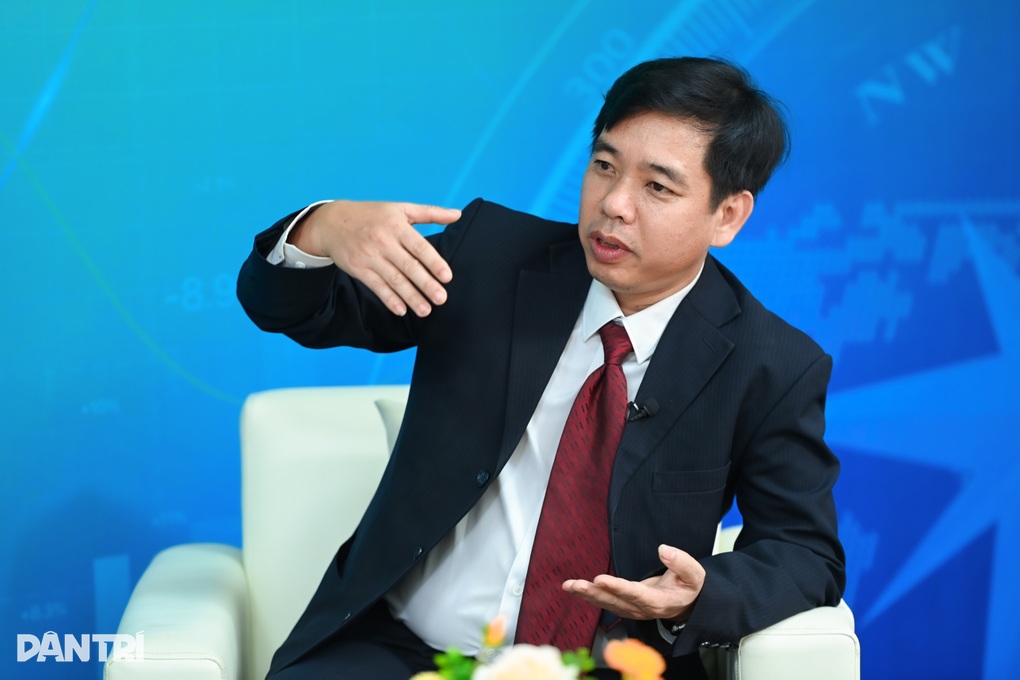
Dr. Linh recommended that Vietnam should develop a roadmap from free allocation to quota auctions, establish an emission reduction fund to regulate prices, and issue annual reports updating policies (Photo: Hai Long).
Regarding the ETS, Dr. Linh recommends that Vietnam should develop a roadmap from free allocation to quota auctions, establish an emission reduction fund to regulate prices, and issue annual reports updating policies. Communication and dissemination of information about the structure and operation of the exchange also play an important role in the initial stage.
For the voluntary market, Vietnam needs to publish carbon credit standards, build an online registration system for credit-generating projects, and regularly update information on prices, legal regulations, and participation opportunities. In addition, communication activities to raise awareness of the community and businesses also need to be promoted.
The role of businesses in operating Vietnam's carbon market
Emphasizing that the biggest common point between international models from the EU, South Korea to China is that they all have to go through many stages, from preparation, piloting to expansion, Dr. Linh said that Vietnam has taken important steps to start this process.
According to him, in the pilot phase, Vietnam needs to determine the national emission ceiling, then allocate quotas to each enterprise based on its emission history, and at the same time encourage units to exchange surplus quotas. In addition, communication to help enterprises understand the structure and operation of the market also plays a key role. Another important point is to choose a narrow pilot scope, focusing first on large emission industries, to facilitate monitoring and adjustment before expanding.

Determining a national emissions ceiling, then allocating quotas to each enterprise based on its emissions history, and encouraging units to exchange surplus quotas are necessary steps for Vietnam's carbon market during the pilot phase (Photo: Hai Long).
Dr. Linh also commented on the role of businesses in operating the carbon market. Accordingly, each business needs to clearly identify which group it belongs to, whether it is an emission facility that is forced to trade, or a group that is capable of creating credits to sell to the market. From there, businesses will have technical preparations for emission reduction, understand credit standards, as well as grasp the trend of tightening national climate targets, when the commitment to Net Zero 2050 will cause the quota to decrease more and more.
In fact, many Vietnamese businesses are only interested in the concept and have not fully approached international credit standards such as Verra or Gold Standard. He believes that learning and standardizing information will help businesses avoid risks and be more proactive when participating in the market in the future.
Experience from the EU ETS shows that a regional market bloc can be a powerful tool for achieving common climate goals. For ASEAN, now that countries have developed regional climate plans, this is an opportune time to explore the possibility of establishing a common carbon market.
If the ASEAN ETS is implemented, Dr. Linh hopes that Vietnam can take advantage of a larger scale to access technology, finance and a wide range of options in terms of quotas or credits. However, the challenge is not small, because the capacity of Vietnamese enterprises is still limited, and the ability to provide high-quality credits is not comparable to many countries in the region. Monitoring and ensuring that traded goods comply with international requirements is also a significant barrier.
To make the market transparent, Dr. Linh proposed early training and capacity building for intermediaries such as inspection organizations, brokerage units, and trading floor operators. Even though they have not yet participated in the market, small and medium enterprises need to clearly understand their role in the supply chain, especially the first three pilot industries of electricity, steel, and cement, to have appropriate response plans. At the same time, he emphasized that applying a credit floor price in the initial phase will help stabilize the expectations of both buyers and sellers, limiting the situation of credits being traded below their real value.
Finally, Dr. Linh believes that the human factor determines the success of the carbon market. Students, researchers and startups need to have a unified and accurate understanding of the nature of carbon commodities, as well as the challenges of creating credits from different fields.
“Determining the right investment field, mastering technical standards and appropriate scale will help businesses, especially startups, participate more effectively in the future carbon market,” emphasized Dr. Nguyen Sy Linh.
Source: https://dantri.com.vn/kinh-doanh/viet-nam-can-lo-trinh-thi-diem-thi-truong-carbon-gan-voi-muc-tieu-quoc-gia-20250827150108814.htm



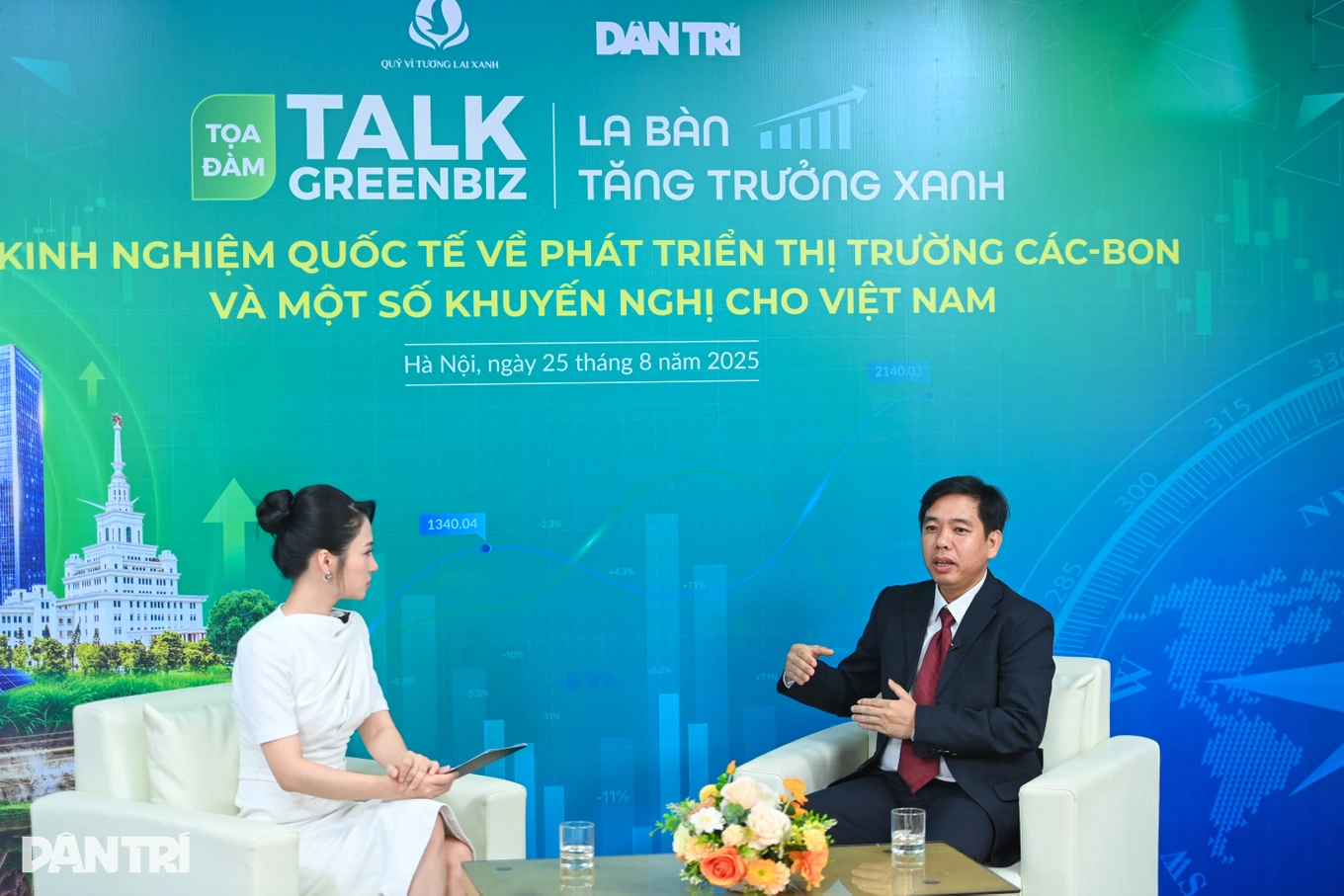
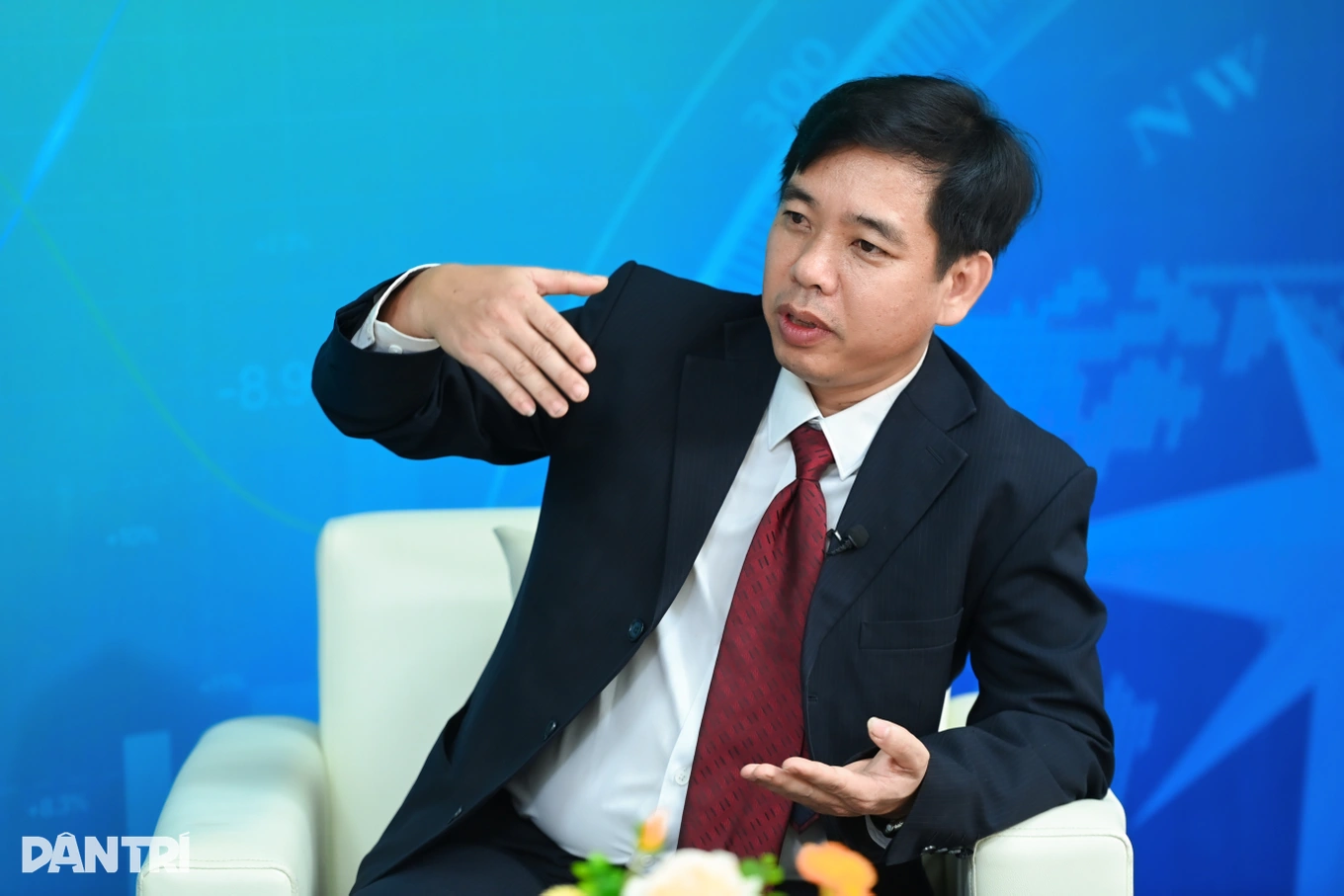
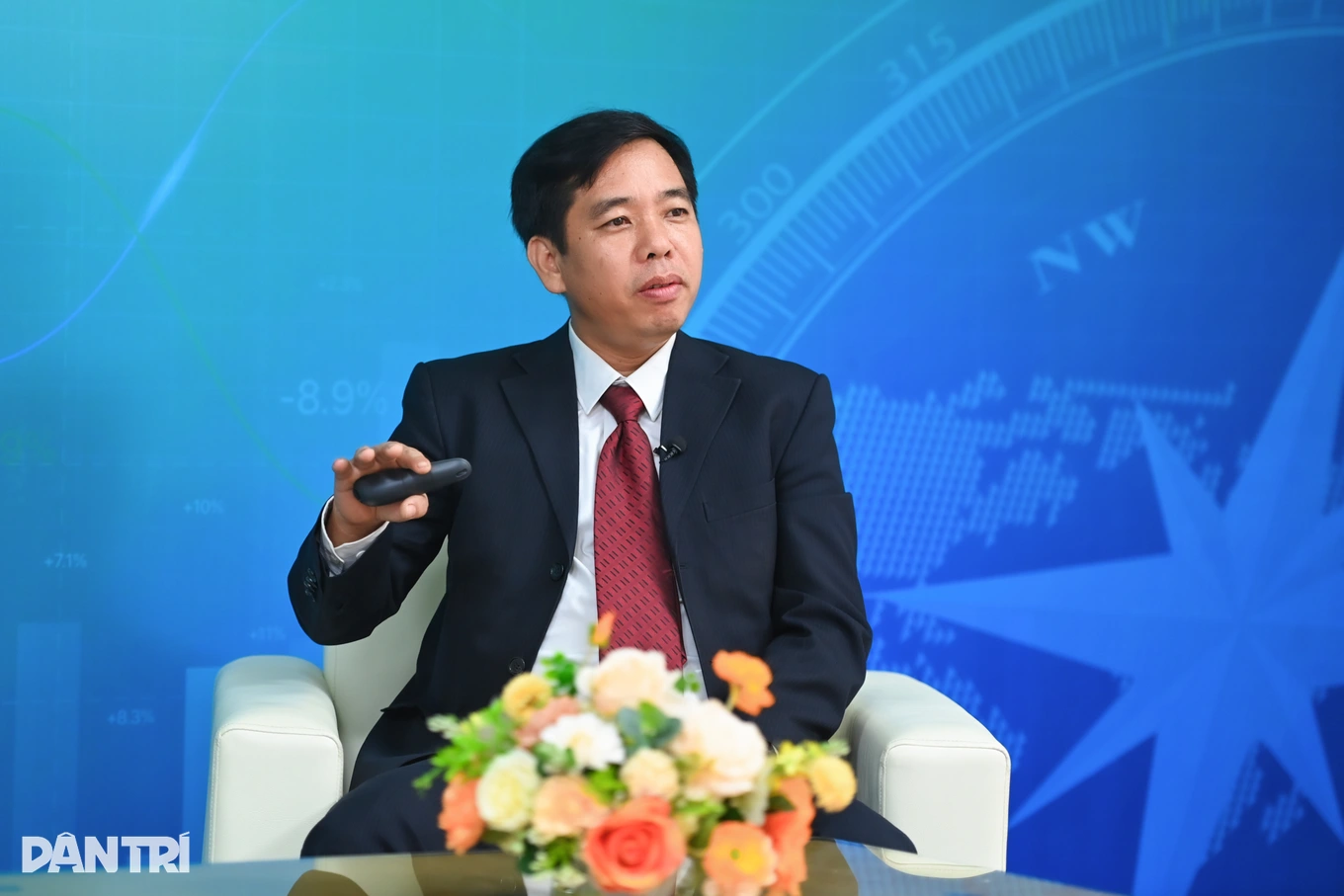
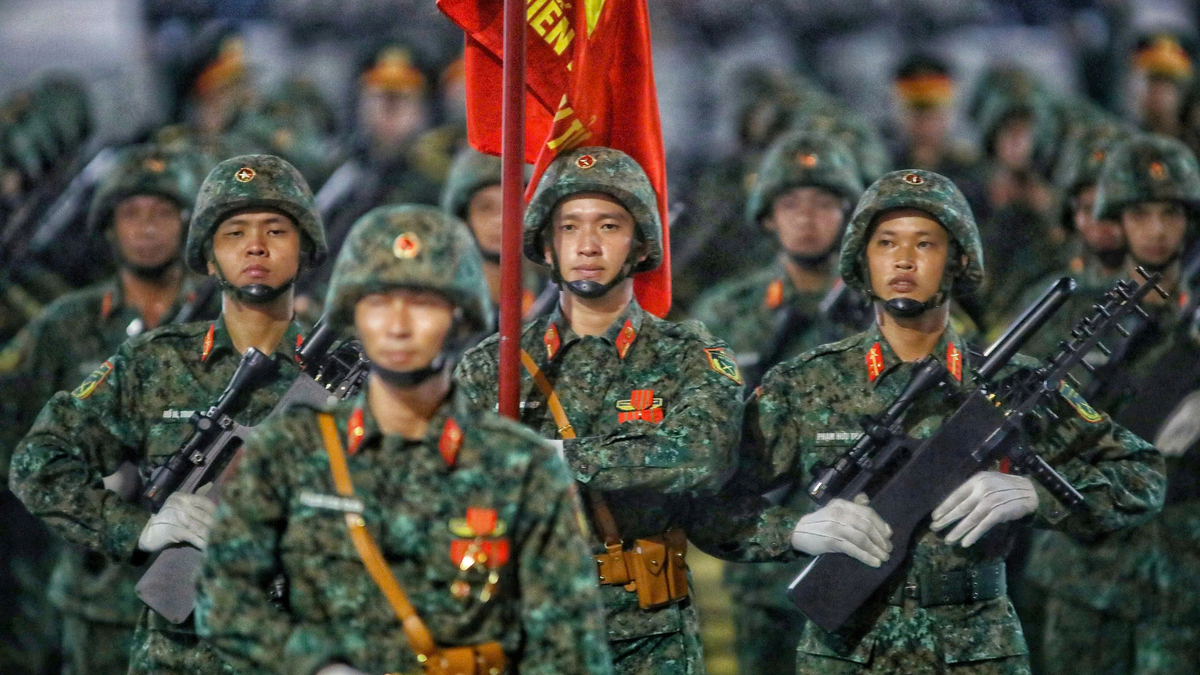


![[Photo] Parade blocks pass through Hang Khay-Trang Tien during the preliminary rehearsal](https://vphoto.vietnam.vn/thumb/1200x675/vietnam/resource/IMAGE/2025/8/27/456962fff72d40269327ac1d01426969)
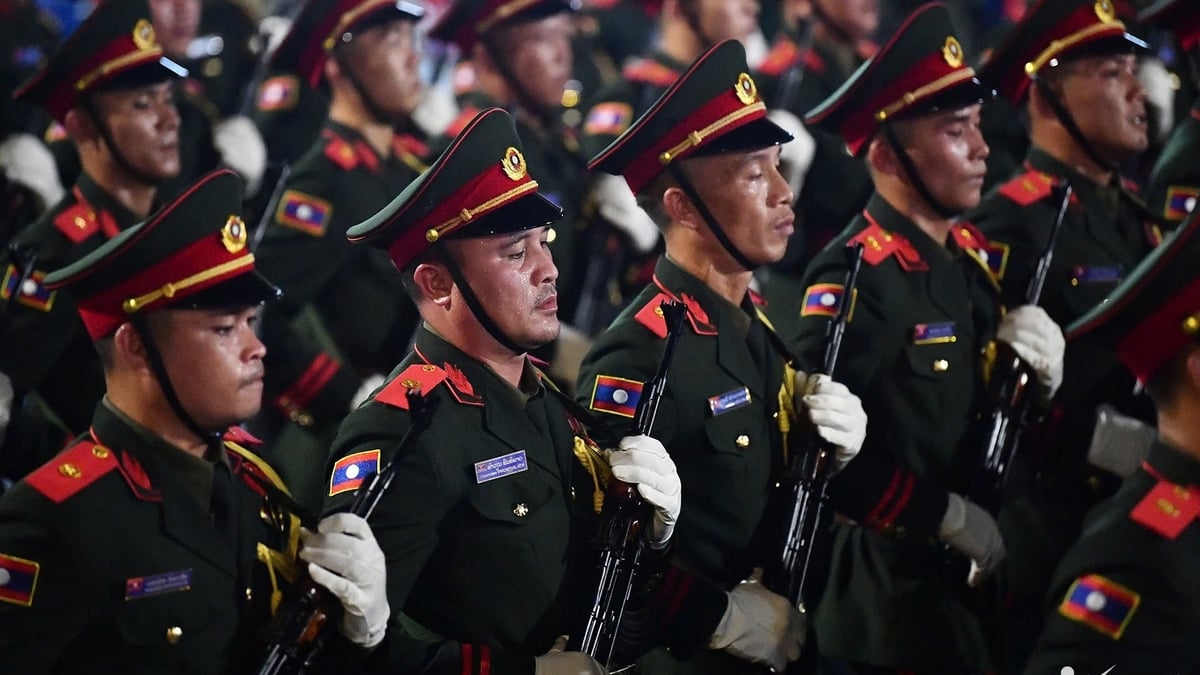
![[Photo] Images of the State-level preliminary rehearsal of the military parade at Ba Dinh Square](https://vphoto.vietnam.vn/thumb/1200x675/vietnam/resource/IMAGE/2025/8/27/807e4479c81f408ca16b916ba381b667)
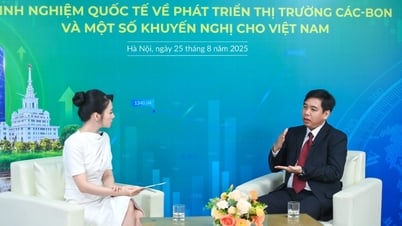
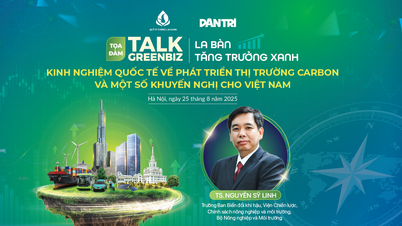


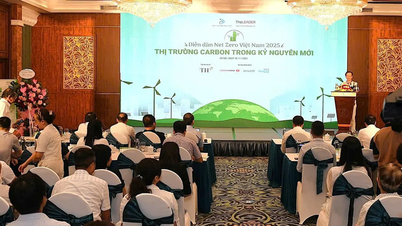

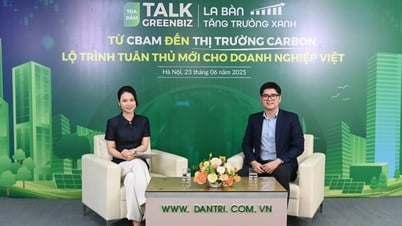
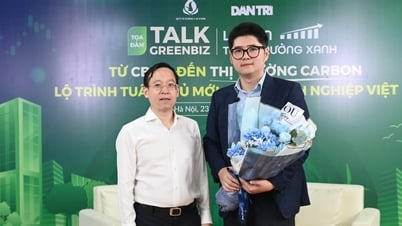
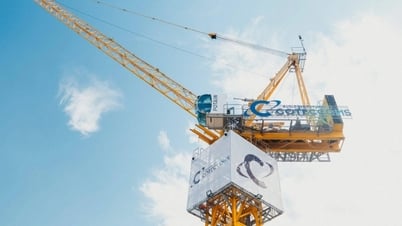
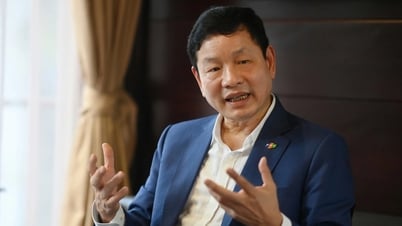
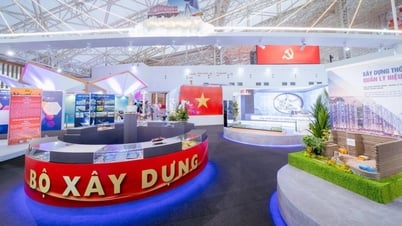
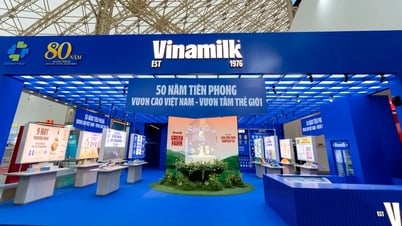


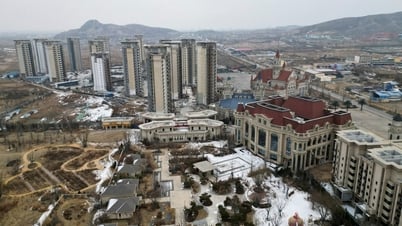









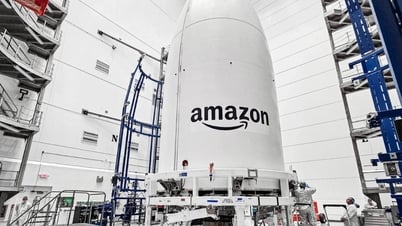



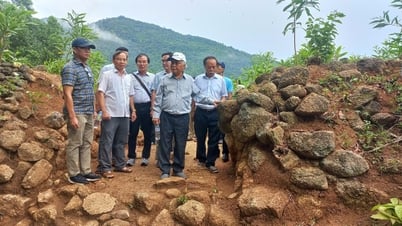



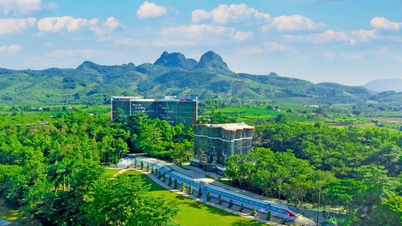
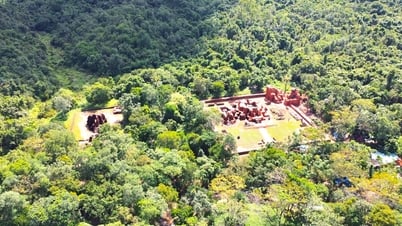

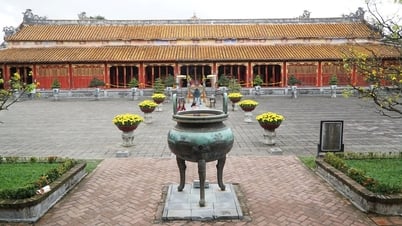






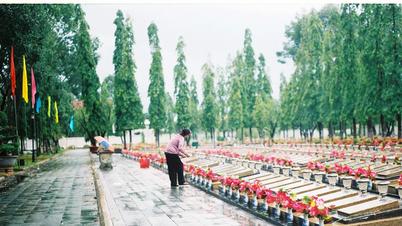





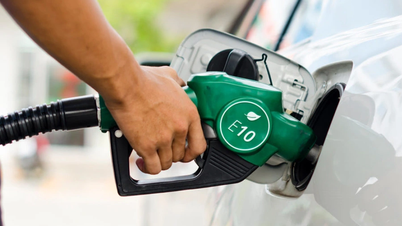
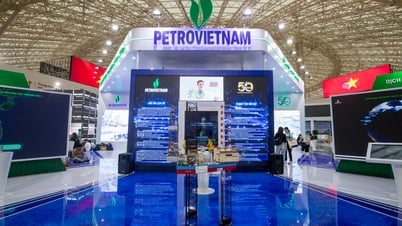

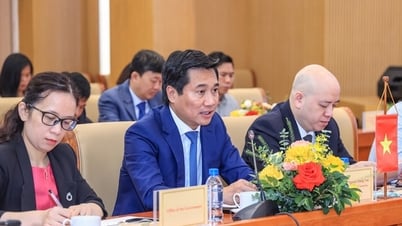



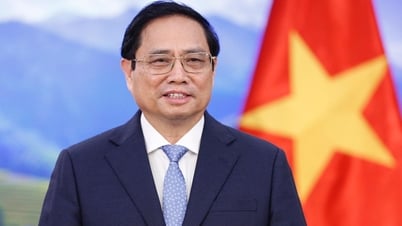


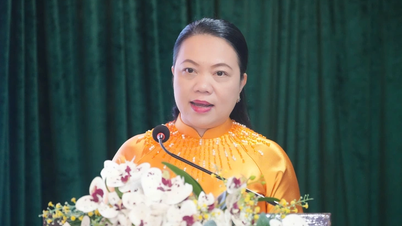
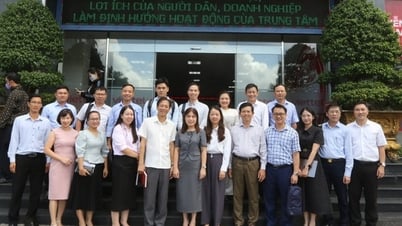



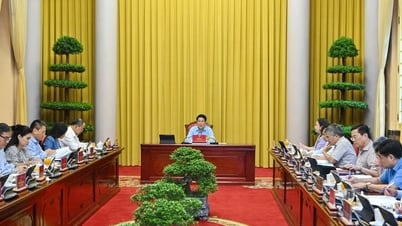

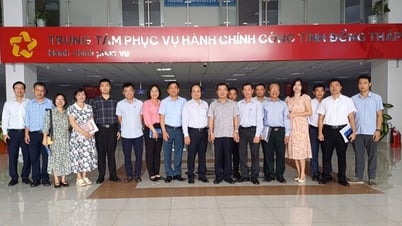
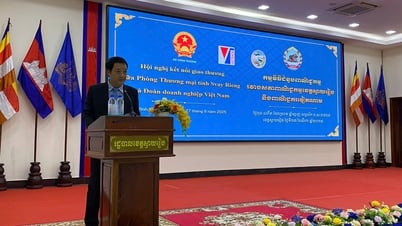
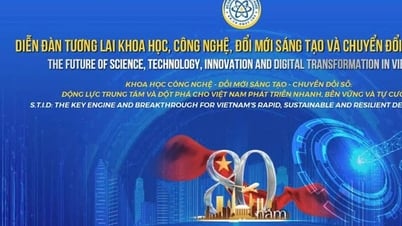
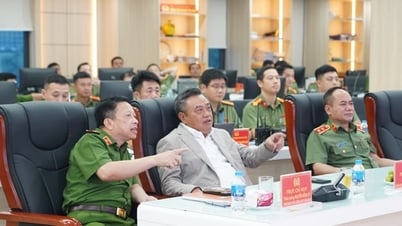



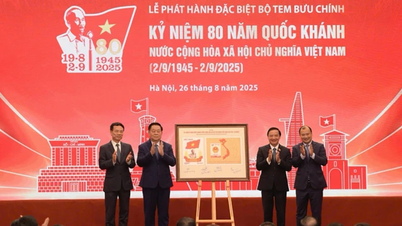

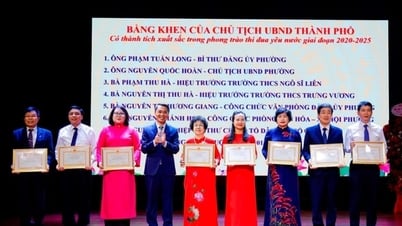


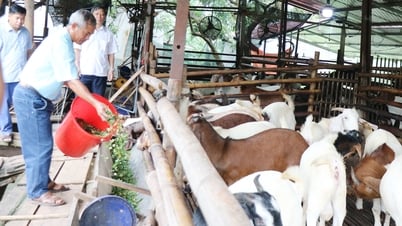

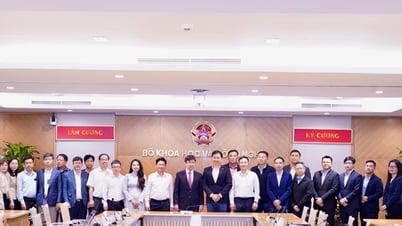



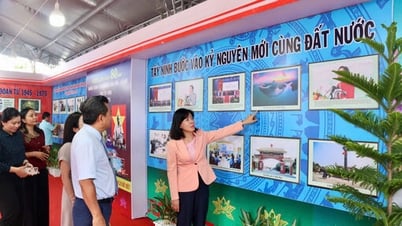






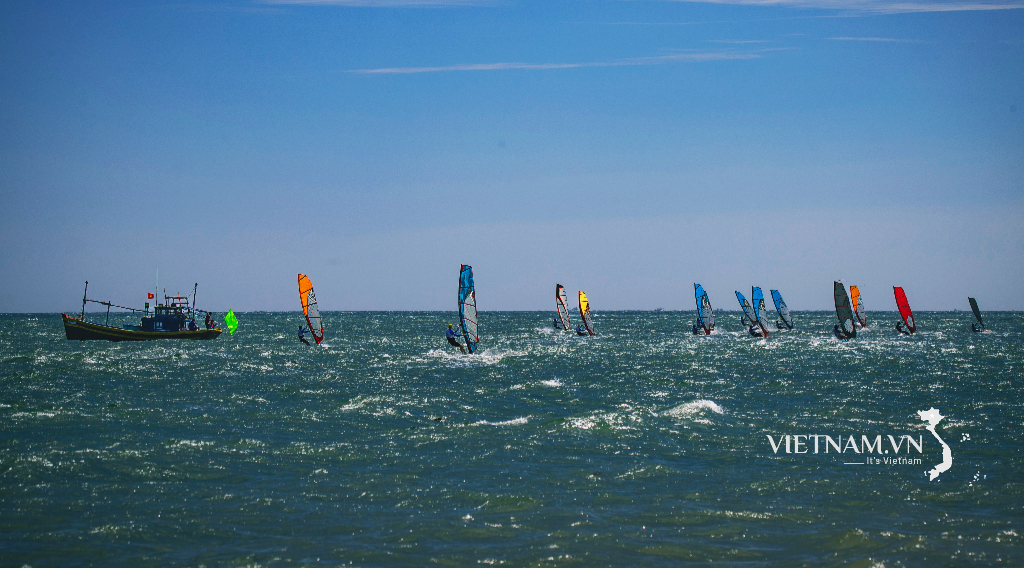


Comment (0)